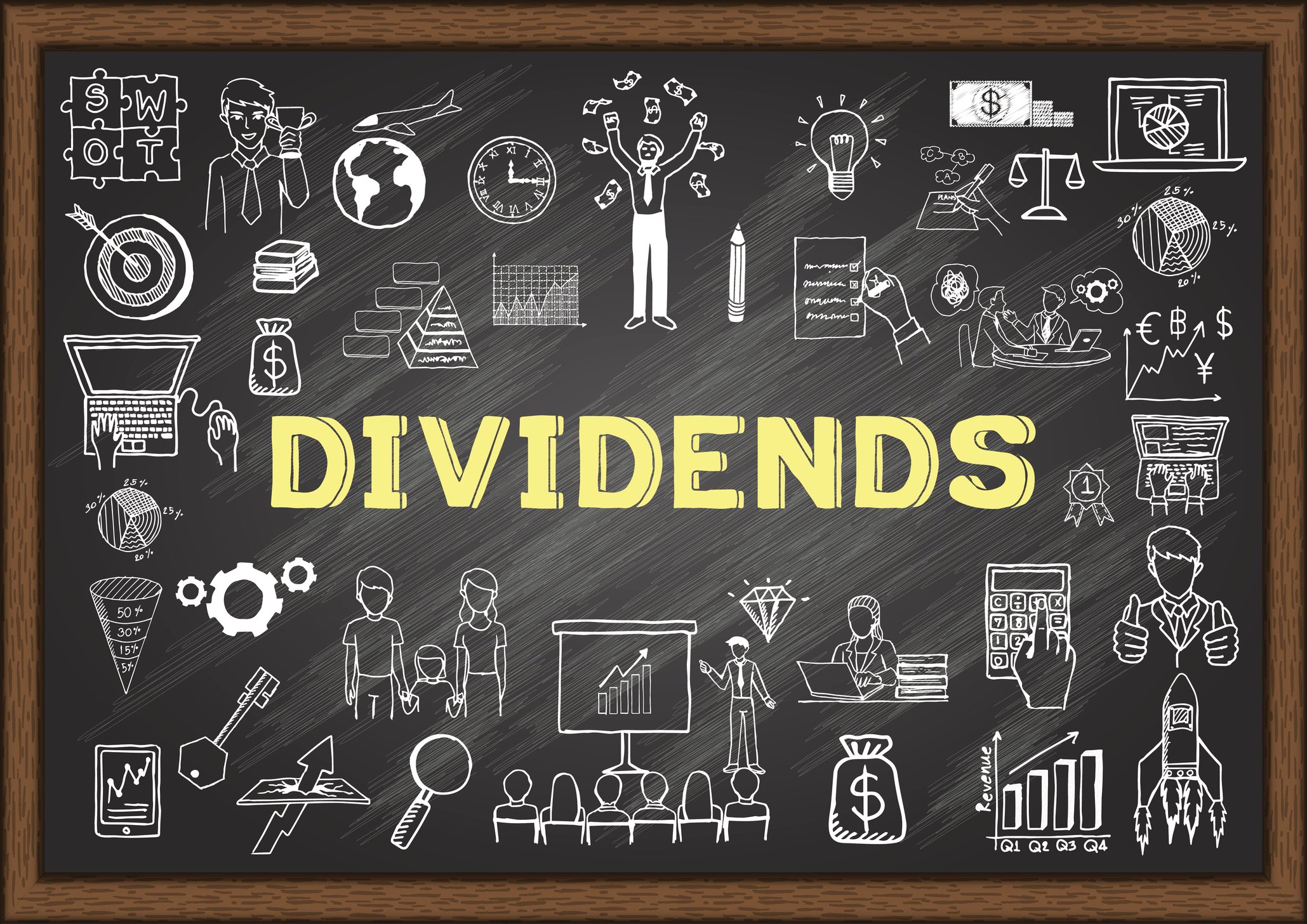Shares of Kraft Heinz (KHC +1.35%) recently plunged to an all-time low after the packaged-foods giant hit investors with a triple whammy of bad news. First, it reported a net loss of $12.6 billion for the fourth quarter, which was caused by a $15.4 billion writedown on its Kraft and Oscar Mayer brands. Its revenue rose less than 1% to $6.9 billion.
Second, Kraft disclosed that it received a subpoena from the Securities and Exchange Commission regarding its accounting practices, but didn't expect "matters subject to the investigation to be material" for now. Lastly, it slashed its dividend by 36% to $0.40 per share -- which reduces its forward yield from about 7% to 5% -- to "provide greater balance sheet flexibility."

Image source: Getty Images.
Those announcements torpedoed Kraft's reputation as a conservative income stock. However, contrarian investors might be wondering if it's time to pick up the pieces. Let's take a closer look at Kraft's problems to see if it's a value stock or a falling knife.
What happened to Kraft Heinz?
Kraft Heinz, which was created from the merger of Kraft Foods and Heinz in 2015, sells over 200 packaged-food brands -- including Kraft, Heinz, Oscar Mayer, Planters, Kool-Aid, Jell-O, Philadelphia, Velveeta, and Grey Poupon.
Demand for many of those brands waned in recent years as consumers shifted toward fresher foods and healthier brands. Meanwhile, the company's management focused more on cutting costs instead of expanding its portfolio or launching aggressive marketing campaigns.
Kraft Heinz recently acquired Primal Nutrition (a maker of paleo-friendly food products) and the organic-coffee maker Ethical Bean, but these brands are still too small to move the needle. Meanwhile, it missed its chance to acquire Pinnacle Foods, and didn't step up when activist pressure forced Campbell Soup (CPB +1.23%) to explore a potential sale last year.
To truly bolster its long-term sales, Kraft might need to make a massive acquisition like General Mills' (GIS +0.77%) $8 billion takeover of Blue Buffalo Pet Products last year.
How fast is Kraft Heinz growing?
To counter soft demand for its packaged foods, Kraft slashed prices to boost its top-line growth. That strategy enabled it to post two straight quarters of organic sales growth:
|
Metric |
Q4 2017 |
Q1 2018 |
Q2 2018 |
Q3 2018 |
Q4 2018 |
|---|---|---|---|---|---|
|
Organic sales growth (YOY) |
(0.6%) |
(1.5%) |
(0.4%) |
2.6% |
2.4% |
|
Net sales growth (YOY) |
0.3% |
(0.3%) |
0.7% |
1.6% |
0.7% |
Data source: Kraft Heinz quarterly reports. YOY = year over year.
Unfortunately, that strategy also crushed its margins. During the fourth quarter, Kraft's adjusted EBITDA margin fell 460 basis points annually and 60 basis points sequentially to 24.7%. That decline contradicted CFO David Knopf's third-quarter claim that Kraft's adjusted EBITDA margin would improve in the fourth quarter as the company finds a "balance between cost inflation and savings."
During the fourth-quarter conference call, Knopf stated that Kraft's organic sales would decline again in the first quarter "due to unfavorable trade timing and a shift in Easter-related shipments" to the second quarter (the holiday fell in the first quarter last year).

Image source: Getty Images.
For the full year, Knopf stated that the company was still targeting positive organic sales growth with "price elasticity." In other words, Kraft wants to keep cutting prices to prop up its top-line growth. As a result, Knopf expects Kraft's adjusted EBITDA to decline 18% to 21% for the full year.
Knopf also stated that Kraft's adjusted earnings per share, which dipped less than 1% to $3.53 in 2018, probably wouldn't return to growth until 2020. Investors should also note that Kraft's reported EPS, which includes the aforementioned fourth-quarter writedown, came in at a whopping loss of $8.39 versus a profit of $8.95 in 2017.
Meanwhile, Kraft's long-term debt rose 9% annually to $30.9 billion. The company is trying to reduce that debt by divesting its beverage unit in India and its Canadian natural-cheese division, but its debt levels could keep climbing as it acquires other companies and its earnings growth dries up.
General Mills faces similar challenges, but it diversified its portfolio more aggressively than Kraft and hiked its prices to offset its lower unit shipments, which was a more profitable strategy than Kraft's decision to cut prices.
Check out the latest Kraft Heinzearnings call transcript.
Kraft is cheap for a reason
Kraft's forward P/E of 9 is much lower than General Mills' 14, but the stock is cheap for obvious reasons. Kraft's low multiple and high yield could limit its downside at these levels, but I'd take its target for positive earnings growth in 2020 with a grain of salt.
Kraft clearly missed the mark with its previous bottom-line guidance for the fourth quarter, and it could certainly disappoint investors again. So for now, I'd stick with General Mills or other reliable dividend stocks instead of Kraft Heinz.








